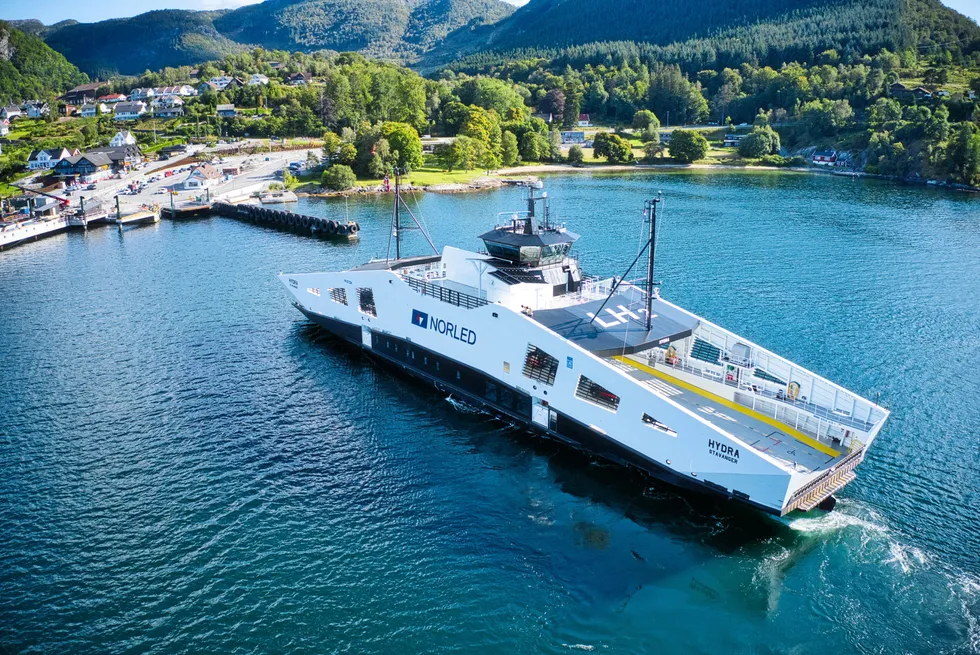World’s first hydrogen ferry gears up for operation this spring, but will it be in Norway or the US?
After years of delays and testing, west Norway’s liquid hydrogen ferry ‘Hydra’ may get beaten to the post by San Francisco’s ‘Sea Change’

After years of delays and testing, west Norway’s liquid hydrogen ferry ‘Hydra’ may get beaten to the post by San Francisco’s ‘Sea Change’
